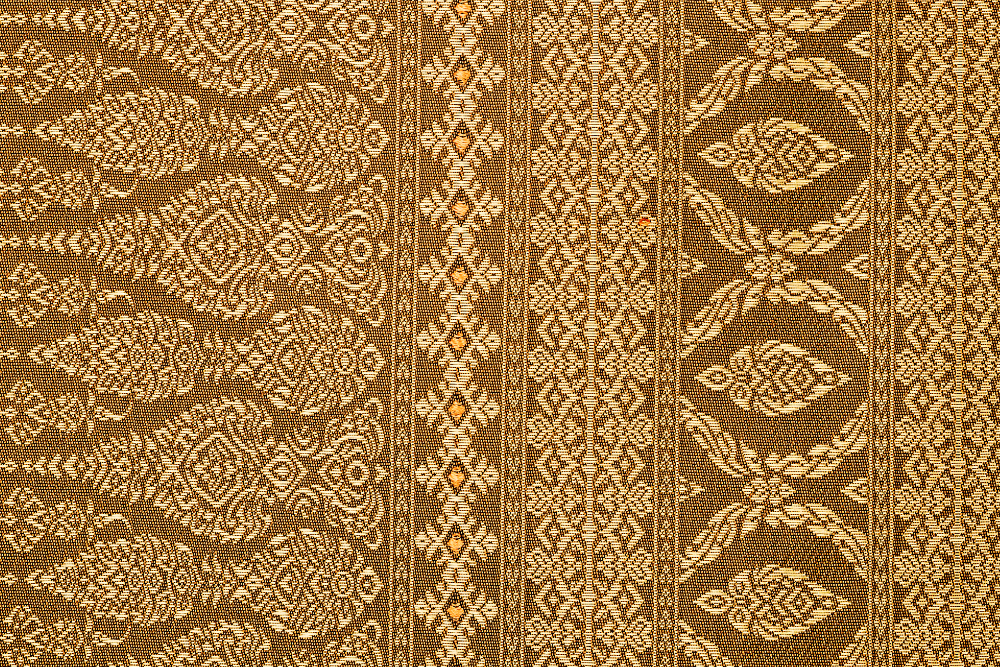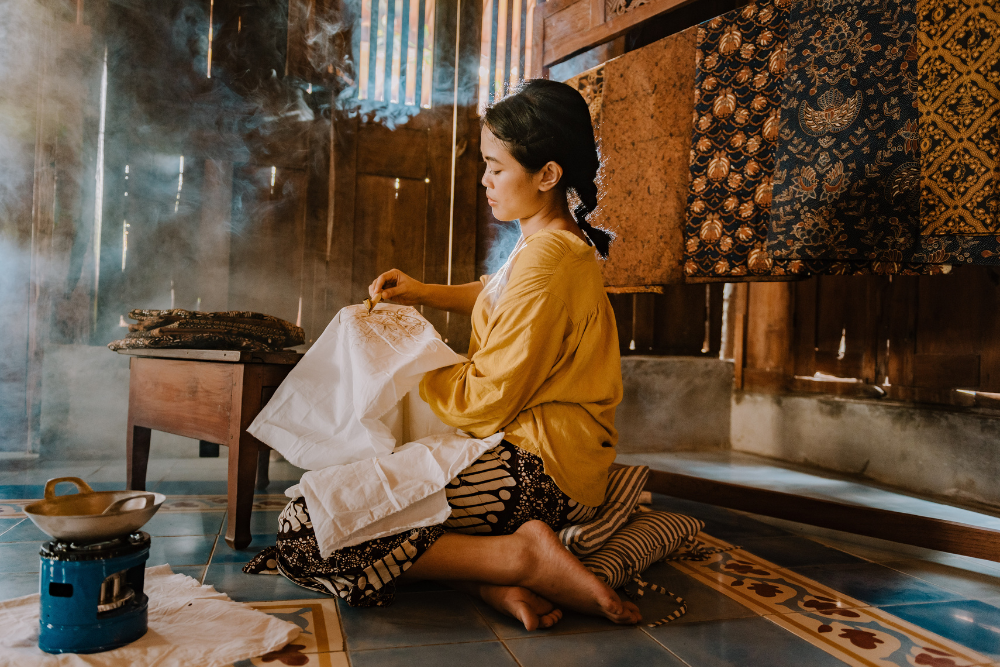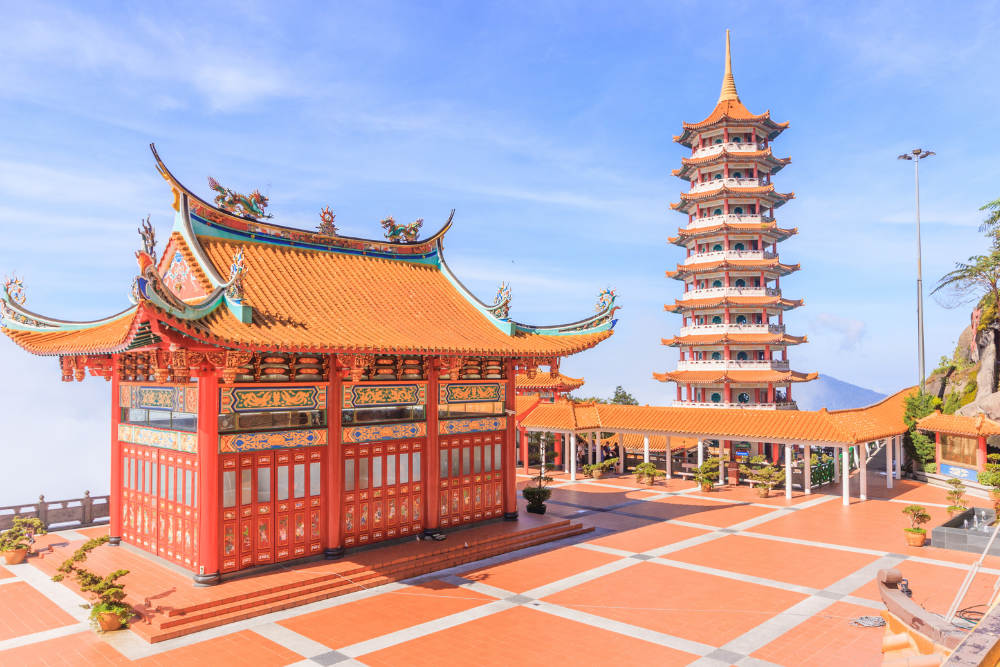Malaysia’s batik, a vibrant form of textile art, is a symbol of the country’s cultural richness and creativity. The technique of applying wax to fabric and dyeing it to create intricate patterns has been passed down through generations and continues to be an integral part of Malaysian art and fashion today. Whether you’re a culture enthusiast, an art lover, or simply curious about traditional craftsmanship, learning about Malaysian batik—its history, significance, and how to make it—is a fascinating experience. In this guide, we will explore the history of Malaysian batik and introduce you to workshops where you can try your hand at creating your own piece of this cultural art.
The History of Malaysian Batik
Batik, a textile art form that involves using wax-resist dyeing to create patterns on fabric, is believed to have originated in ancient Java, Indonesia, but it has long been a part of Malaysia’s cultural heritage as well. The influence of batik on Malaysian culture is deeply tied to the Malay and Southeast Asian identity, with unique variations emerging over centuries.
Roots in Southeast Asia
The history of batik in Malaysia dates back centuries, with early techniques being introduced by Indonesian and Javanese artisans. The art form was particularly practiced in the states of Kelantan and Terengganu in the Malay Peninsula, where batik played an important role in local tradition and daily life. As trade routes expanded, batik spread throughout the region, influencing cultures in countries like Thailand, Cambodia, and the Philippines.
While Indonesia is often regarded as the birthplace of batik, Malaysia has developed its own distinct style of batik that blends indigenous Malay patterns with regional influences. Batik became more popular among the local population during the colonial era, particularly during the 20th century, as it began to be used for both clothing and decorative purposes.
The Evolution of Malaysian Batik
Traditionally, batik designs in Malaysia were closely linked to local flora and fauna, with motifs inspired by flowers, leaves, and animals, along with geometric patterns and symbolic shapes. However, as the craft evolved, it started incorporating a wide range of modern designs, such as abstract patterns and more complex motifs.
In the 1970s and 1980s, batik experienced a revival, with a growing interest in traditional textiles and a desire to preserve local crafts. The introduction of new techniques, such as digital batik and hand-painted batik, further advanced the art form, making it more accessible and contemporary.
The Process of Creating Malaysian Batik
Creating batik is a meticulous and intricate process that involves several steps, requiring both skill and patience. The traditional method of batik-making involves hand-drawing or applying wax to fabric before dyeing it, while more modern techniques incorporate printing or digital methods.
Step-by-Step Process:
- Preparation of Fabric: The process begins with preparing a piece of natural fabric, usually cotton or silk, which serves as the canvas for the batik design.
- Designing the Pattern: Artists typically draw intricate designs on the fabric using pencil or sketching tools. In Malaysian batik, motifs often include flowers, birds, leaves, geometric shapes, or cultural symbols.
- Wax Application: The artist uses a metal tool called a canting (a pen-like instrument) or a stempel (a block stamp) to apply molten wax to the fabric. The wax prevents the dye from reaching certain areas, creating the distinct pattern and outlining the design.
- Dyeing: After the wax has dried, the fabric is dyed in a vibrant color, with different sections of the fabric being dipped in different shades. The waxed sections remain unaffected by the dye, allowing the pattern to emerge.
- Removing the Wax: Once the fabric has dried, the wax is removed using boiling water or a similar method. This reveals the final design—vivid and intricate, with areas where the wax has resisted the dye, leaving the pattern intact.
- Finishing Touches: The fabric is then ironed or steamed to set the dye, and the final piece is ready to be worn or displayed.
The artistry of batik lies not only in the designs but also in the technique itself, with each brushstroke and wax application contributing to the uniqueness of the piece.
Batik in Modern Malaysia
In modern Malaysia, batik has transcended its traditional role as a local craft and become an important part of the national identity. It is widely used in fashion, home décor, and artwork. Many high-end designers and fashion brands in Malaysia incorporate batik into their collections, creating contemporary styles that appeal to both locals and tourists alike.
Batik is also seen as a symbol of cultural pride, worn by people from all walks of life for special occasions, celebrations, and events. The use of batik is particularly prominent in the Hari Raya (Eid) festivities, as well as in government offices and formal events, where it is often worn as traditional attire.
Famous Batik Areas in Malaysia
Two states, Kelantan and Terengganu, are particularly renowned for their batik production and remain the heart of the country’s batik industry. These areas have long been associated with the craft, and their batik continues to reflect a strong cultural heritage.
- Kelantan: Known for its detailed, fine designs, Kelantanese batik often features intricate patterns inspired by nature, with delicate lines and soft colors. The craftsmanship in Kelantan is highly regarded, and local artisans are known for their exquisite attention to detail.
- Terengganu: Batik from Terengganu is often distinguished by its bold and vibrant colors, with motifs inspired by the sea, flora, and local landscapes. The traditional batik tulis (handwritten batik) from this region is particularly famous.
Batik Workshops in Malaysia: Try Your Hand at Creating Batik
If you’re interested in experiencing the process of creating batik firsthand, several workshops across Malaysia offer the chance to get hands-on and learn this intricate art form. These workshops are led by skilled batik artisans who will guide you through the process, from design to dyeing.
Top Batik Workshops to Visit:
- Batik Painting & Workshop – Kuala Lumpur
- Location: Kuala Lumpur
- Description: Many batik studios in Kuala Lumpur offer workshops where visitors can learn how to create their own batik designs. One such popular studio is the Batik Painting & Workshop, where you can take a short, informative class in which you’ll be introduced to the history and techniques of Malaysian batik. You’ll then have the chance to design and dye your own batik artwork to take home.
- What to Expect: Instruction on using canting to apply wax, followed by dyeing your fabric and learning about color blending and batik patterns.
- Kelantan Batik Village – Kelantan
- Location: Kota Bharu, Kelantan
- Description: If you’re looking for a traditional and immersive batik experience, the Kelantan Batik Village is the perfect place. This is where many of the local artisans in Kelantan produce their batik designs, and visitors are welcome to participate in workshops and watch the artists at work.
- What to Expect: Learn the traditional methods of batik tulis, creating your own batik piece using hand-drawn wax patterns, and enjoy guided tours explaining the historical significance of batik in the region.
- Terengganu Batik Center – Terengganu
- Location: Kuala Terengganu, Terengganu
- Description: At the Terengganu Batik Center, you can participate in hands-on batik workshops and learn from skilled artisans who specialize in the region’s vibrant and bold batik styles. The center offers visitors the chance to create their own designs or to simply watch the experts work.
- What to Expect: Learn the difference between batik print and batik tulis while creating your own batik masterpiece using traditional techniques.
- Batik Gallery – Penang
- Location: George Town, Penang
- Description: Penang’s Batik Gallery offers workshops that introduce visitors to the techniques of batik painting and drawing. With a focus on the fusion of traditional batik techniques with modern designs, it’s an ideal place for those looking to combine contemporary art with traditional methods.
- What to Expect: Learn the art of batik painting, using wax to create colorful patterns and designs on fabric, followed by dyeing techniques that bring the piece to life.
Why Batik Matters: Cultural Significance
Batik is not only an art form but also an essential cultural expression that re  flects Malaysia’s identity. The craft is deeply rooted in the country’s history, representing its diversity and unity, as well as its connection to nature. Batik is used in a wide range of Malaysian attire, including the baju kurung for women and baju melayu for men, which are worn during festivals, weddings, and formal events.
flects Malaysia’s identity. The craft is deeply rooted in the country’s history, representing its diversity and unity, as well as its connection to nature. Batik is used in a wide range of Malaysian attire, including the baju kurung for women and baju melayu for men, which are worn during festivals, weddings, and formal events.
Learning about batik and experiencing the creation process offers a deeper appreciation for this art form and the culture from which it originates. Batik is not just a textile, but a symbol of the craftsmanship, creativity, and history of Malaysia.
Conclusion
The art of Malaysian batik is a unique and beautiful expression of the country’s cultural heritage. With its intricate patterns, vibrant colors, and centuries-old traditions, batik continues to play a significant role in Malaysian fashion, art, and daily life. If you’re interested in learning more about this incredible art form, attending a batik workshop offers a fantastic opportunity to immerse yourself in the process and create your own piece of Malaysian history. Whether you’re in Kuala Lumpur, Penang, or the heartland












